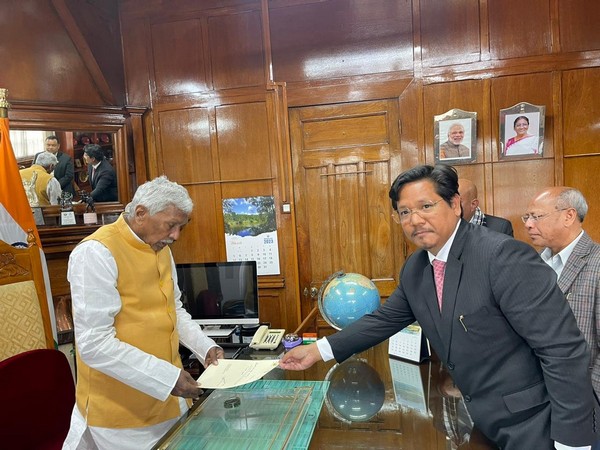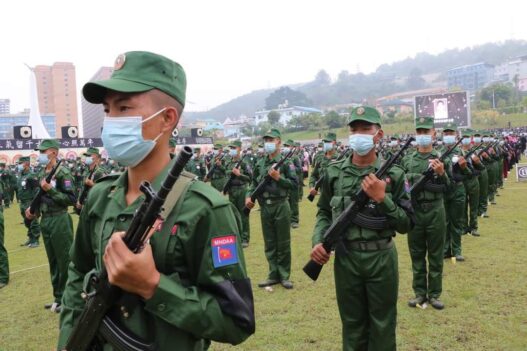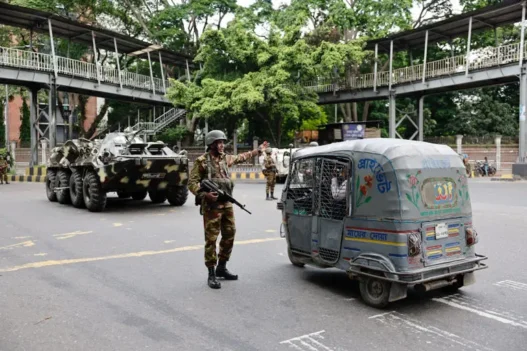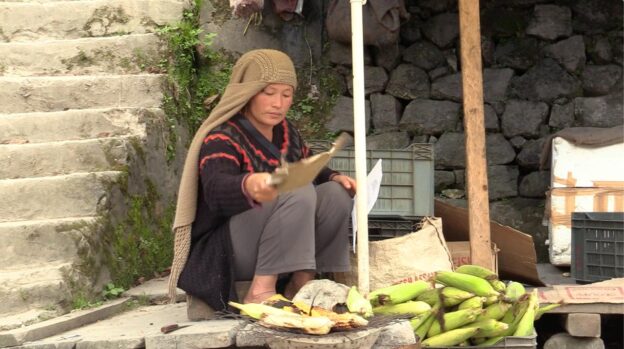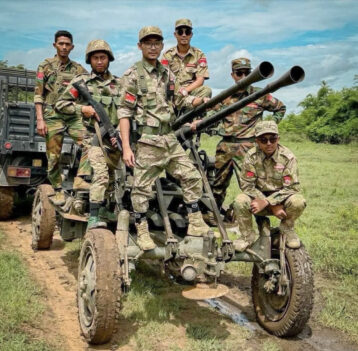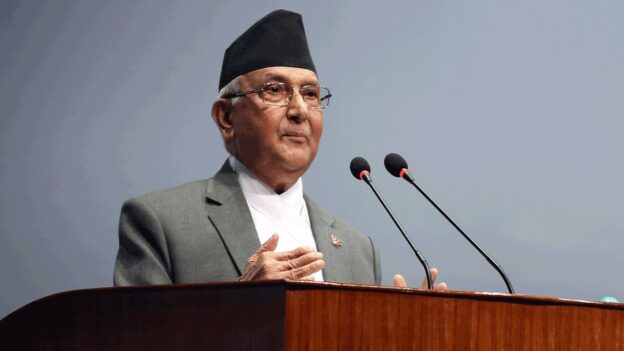Having emerged as the single largest party in the recently held elections in Meghalaya, it is but natural for the National People’s Party (NPP) to take the first shot at forming the government. However, the number 32, on which outgoing Chief Minister and NPP leader Conrad Sangma is banking on to form the next government, could be somewhat inauspicious given what history tells us of past post election events in Meghalaya.
The reason for the above observation is very simple. There have been a number of instances in the past when political alliances which were formed by barely crossing the threshold needed to form a government, lasted for a few months, if not days, leading to great political instability in the State. NPP leader Sangma today met Meghalaya Governor Phagu Chauhan and claimed support of 32 MLAs, two each from the Bhartiya Janata Party (BJP) and the Hill State People’s Democratic Party (HSPDP) and two Independents MLAs. He seemed rest assured of forming another government with the support of these MLAs.
In the election held on February 27 to the 59 seats of the 60-member house, the NPP won 26 seats, United Democratic Party won 11, Indian National Congress (INC) – 5, All Indian Trinamool Congress (AITC) – 5, Voice of People Party (VPP) – 4, People’s Democratic Front (PDF) – 2, HSPDP – 2, BJP – 2 and two are independent MLAs.
The start for Sangma was however, not as smooth as it was made out to be, and it took a while for the NPP to get the two HSPDP MLAs to their side. The HSPDP MLAs, Methodius Dkhar and Shakliar Warjri showed up eventually with a few NPP leaders persuading them and possibly offering them plum portfolios in return. However, serious doubts remain on whether the HSPDP would stay on with the alliance or pull out, as it appears that the party’s president has refused to approve the two party MLAs decision to join the government.
Such developments are nothing unusual in a situation where no party has succeeded in crossing the halfway mark, but the difference this time is that these initial hiccups in government formation in Meghalaya bears uncanny resemblance to past instances, not to mention similar hectic political parleys which begun since Friday morning.
In 1998, the 31-member ministry under Chief Minister B B Lyngdoh lasted barely four months (March to July) to make way for another coalition. The government had 20 MLAs from the UDP, three MLAs from the BJP, three MLAs from the HSPDP, one MLA from the Garo National Council (GNC) and four independent MLAs. Following that, the next government was formed with Lyngdoh once again at the helm of affairs, with 20 MLAs of the UDP and 25 MLAs of the INC.
Notably, the first Lyngdoh led government that year came after the INC leader Salseng Marak resigned after ten days of being sworn in as Chief Minister of a Congress led coalition of 29 MLAs. Marak, whose government had the support of 25 INC, three People’s Democratic Movement (PDM) and one independent MLA, resigned soon after UDP nominee E K Mawlong was elected as the Speaker of the 60 member house.
That year saw four different governments come and go promoting many to identify politics in the State as “the aya ram gaya ram sarkar”.
The INC and UDP alliance broke in September, when Lyngdoh decided to truck along with the NCP which split from the INC (there were nine NCP MLAs in Meghalaya), along with three BJP MLAs and Independents.
There has been no dearth such instances in Meghalaya’s post election landscape, making it one of the leading State’s in politics of coalition and making the impossible possible. One only has to open the open the earlier chapters in the State’s political history to be able to get any sense what had unfolded.
It earlier events, for instance in 1988 when B B Lyngdoh broke the Hill People’s Union (HPU) to form the HPU (B) and joined a coalition government with the INC, may not fit into the present day political template, then one has to look at what happened not so long ago.
Between 2008 and 2010 there were three governments, the first led by D D Lapang of the INC which lasted for nine days beginning March 10, a government of 31 MLAs led by Donkupar Roy which took over was toppled after a year bringing in President’s rule. Soon after Lapang was again made Chief Minister of a Congress led alliance and lasted for about a year at the helm. He was replaced by senior Congress leader Mukul Sangma as the Chief Minister.
The present context is not too different with the same political maneuverings, horse trading and negotiations for portfolios, albeit these days, the stakes are much higher when it comes to contesting an election and therefore the outcome is expected to be more intense and based on various factors including the image and political future of the political parties concerned.
What could be already worrying Sangma is how to keep his folks together. For one, the margin is just on the threshold and the other is the compromises he would possibly have to make to satisfy the two very seasoned BJP MLAs and not to forget the independent MLAs who can always prove to be decisive. Besides, there are already murmurs in various circles of the BJP’s support base about whether the party can make any dent in Garo Hills and in other parts of the State if it continues to work with the NPP against which it had campaigned fiercely in the elections. The BJP’s prospects looked good particularly in Garo Hills but the party had to eventually satisfy itself with the outcome. As many as four candidates finishing only second to the NPP in extremely tight contests.
Finally, the other parties who as of now are outside and in the opposition like the UDP, INC, PDF and the VPP are also capable of springing surprises. What must not be overlooked is that this group has some of the most experienced and vocal political leaders of the State which also would make them a formidable opposition unless they are able to put together an alternative to the NPP led alliance.

